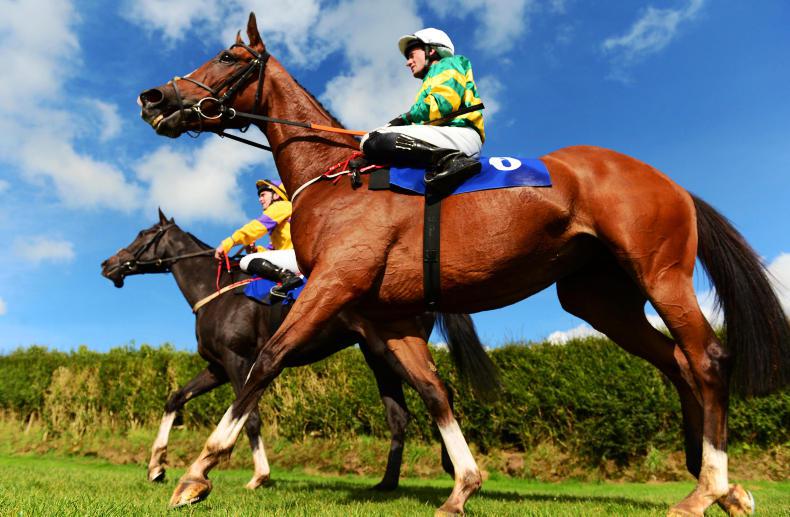HOOFCARE starts at the beginning of the horse’s life, from when a foal is only two or three weeks old, really. It is essential to give the potential racehorse or competition horse the best possible start in life and looking after its feet from a very young age is the best way of preventing hoof problems developing as the horse grows.
A foal should be assessed by a farrier at around two or three weeks old for their conformation. If there are any issues then the earlier you start working on them, the better results you will get. A farrier can do plenty to correct problems in a young foal from basic remedial work to hoof extensions.
After that initial assessment within the first month of its life, the horse should be seen by your farrier regularly, at intervals of four to six weeks. Horses are so susceptible to change at that age and how they present can differ from month to month.
Hooves should be regularly dressed and it is important when dealing with thoroughbreds to use a farrier who is experienced in working with them and the issues that they can present. You tend to get more conformation problems with thoroughbreds than you would with sport horses.

MAINTENANCE
That regular four to six weekly schedule of farrier visits should be maintained right the way through until the foal goes into sales preparation or training. As the horse grows and matures, their hooves are constantly growing and if you go beyond five or six weeks for their farrier appointments the feet can become long and put pressure on their joints, tendons or ligaments.
Conformation is vitally important when people are assessing horses at the sales and it is usually too late by the time the horse comes in for prep to do remedial work on their feet, if the horse hasn’t already been subject to a regular hoofcare programme by an experienced farrier.
For horses going into training, it isn’t necessary for them to be shod when they start off but my advice would be to increase the frequency of their checks from the farrier. I dress and trim my horse’s hooves every month but I wouldn’t recommend leaving it any longer than five weeks.
As I mentioned previously, the damage caused by letting the hoof grow too long isn’t restricted solely to the hoof.
At the very least, the shoes need to be taken off every month, the hooves checked and trimmed and if you’re not putting on a new shoe, then the old shoe can go back on if it fits correctly.
COMMON PROBLEMS
Some of the most common problems I come across in my work as a farrier are hooves breaking, brittle feet, white line disease and bacterial and fungal infection. All of these problems can be managed but the first place to start when considering hoof quality is with the horse’s diet.
I’m not a huge fan of hoof oils or potions, the quality of your horse’s hooves really all boils down to the feed that you give them. Biotin is absolutely crucial, in my opinion, to the promotion and maintenance of good hoof health in horses, it improves the growth and quality of the hoof.
It is a B vitamin, sometimes known as Vitamin B7, and there are a number of Biotin supplements on the market that can be added to the horse’s feed if it doesn’t already have Biotin included in it.
Farrier’s Formula and TRM’s Hoofcare supplements are two that come to mind immediately but there are other suppliers of Biotin supplements on the market.
I give my horses Bluegrass feeds that contain Biotin and Gordon Elliott’s horses are also on a diet that includes a Biotin enriched feed, but you can add one of the many supplements available to your own horse’s feed and that will provide the benefits they need for healthy and strong hooves.

TAKE-HOME MESSAGE
Hoof quality begins with feed, I cannot emphasise enough the importance of feed in hoof health.
Regular shoeing is another essential component in keeping a racehorse’s hooves in the best possible condition. Good support at the heels is important but not always practical in the winter as horses can over-reach and catch their heels. It is more practical for flat horses to leave that length at the heel.
There isn’t really much of a difference soundness-wise when shoeing flat or National Hunt horses, it all stems back to keeping the toe short, support the heel and that way you support the whole structure of the hoof.
Feed is a huge thing. I wouldn’t bother using any of the hoof oils or potions available. They don’t really work but giving the right feed and supplements to your horses do make a difference, allied to a regular shoeing and assessment schedule.